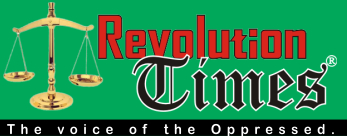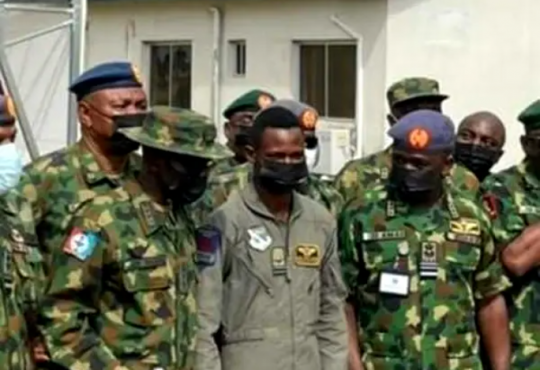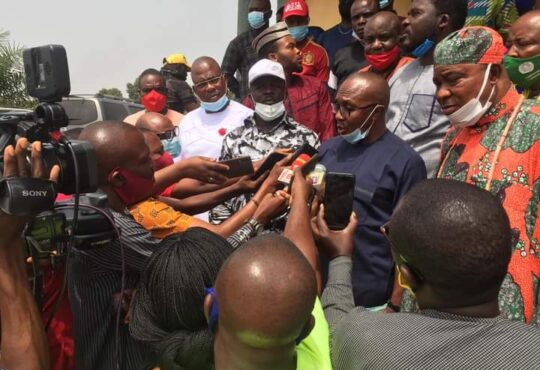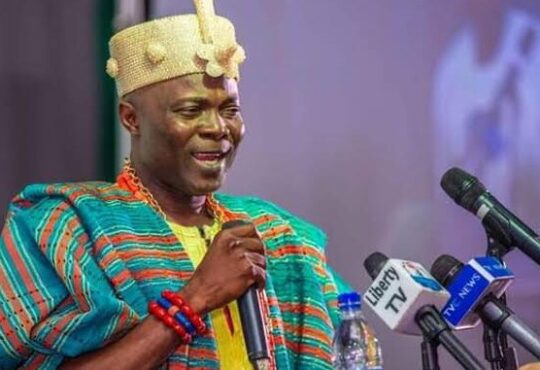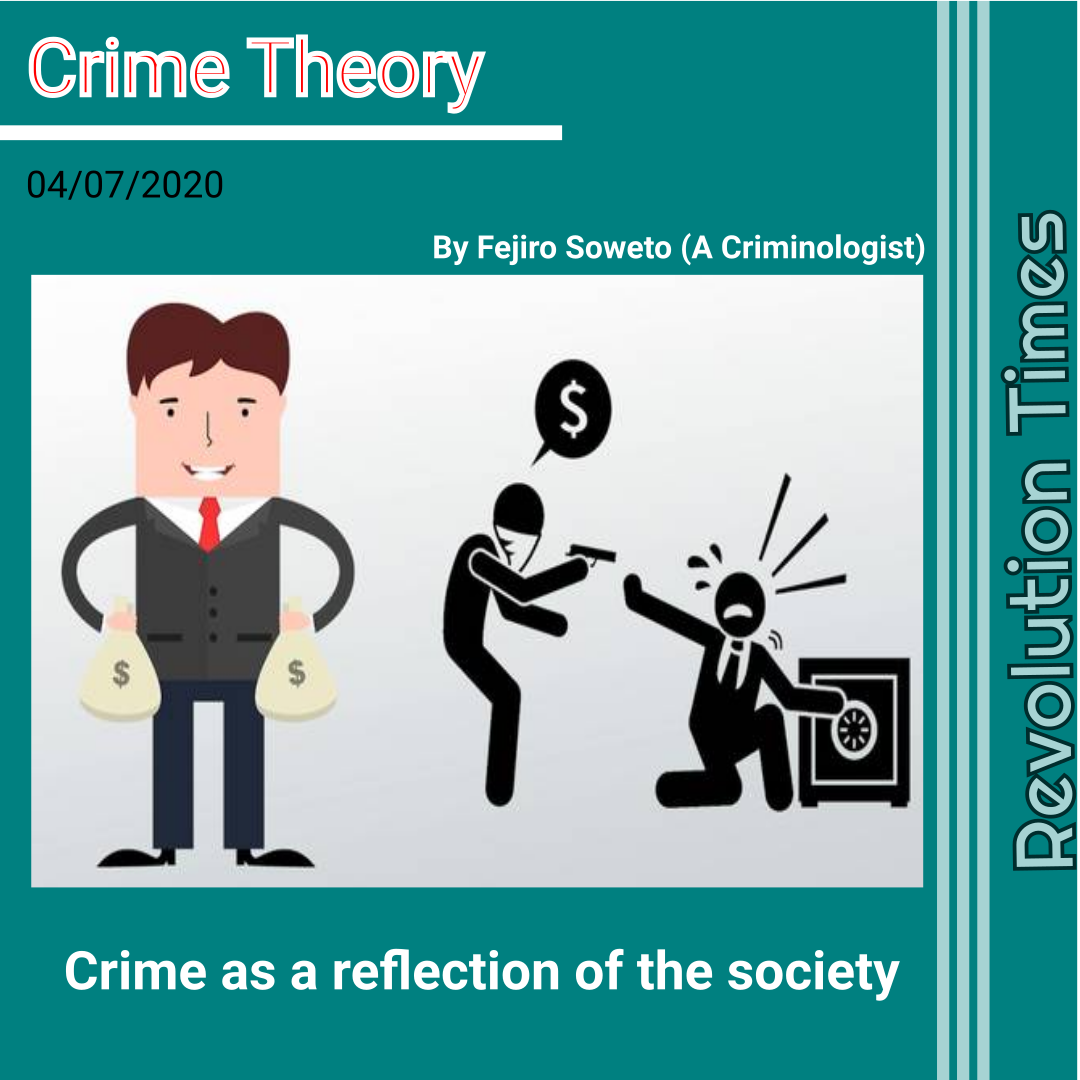
By Fejiro Soweto (A Criminologist)
At the heart of criminal activity is an individual carrying out illegal activity. Understanding the processes that move and shape that activity are therefore crucial to any consideration of crime and society. When the crimes considered are of the most heinous kind, such as the mass shootings examined by Myketiak (2016), then it is tempting to assume that there are unique individual aspects of the culprit that are the cause. Yet as Myketiak demonstrates, the views of the perpetrator she studied are deeply embedded in his reactions to social and societal processes. His extremely low self-esteem is related to the multiple social inequalities he believes he has experienced.
A recent issue of Contemporary Social Science is devoted to the many different inequalities that abound and their wide-ranging consequences. But Myketiak’s in-depth study of a mass shooter demonstrates how these inequalities are internalised by an individual to influence his feelings of low-self worth. Society cannot be blamed for his violent actions, but the social inequalities he perceives go some way to explain his developing anger and frustration.
The other side of this experience are public attitudes to minorities that influence their experiences. Bulut’s (2016) review of prejudice towards Muslims shines an interesting light on the basis for such attitudes. She reveals that, contrary to commonly held views, widespread negative attitudes towards Muslims are not based on fear of violence in the wake of terrorist attacks, notably those of 9/11, but rather the view that the American way of life is the best and any sub-culture that is different from that is a threat to the traditional American values. It is therefore a lack of contact with Muslims and a belief that they are fundamentally ‘un-American’ that gives rise to prejudice against them. Thus, the well-established finding in relation to attitudes to other ethnic minorities, that lack of contact and ignorance are usually on the basis of prejudice, is shown to be relevant today in attitudes to Moslems.
Islam is, of course, a powerful religion that provides rules that cover every aspect of daily life. These rules typically include strictures on a wide range of criminal activities. It may therefore be assumed that adherence to conventional Islamic requirements, far from leading to anti-social activity, should actually deter from crime. To study this directly Ozbay (2016) surveyed a large number of people in various locations in Turkey. Because Turkey is constitutionally a secular country although the great majority of its population is Moslem, this enables Ozbay to explore correlations between crime and religiosity. He found that there was no strong direct relationship at all. But interestingly the Islamic prohibition on alcohol did tend to relate to lower crime levels. This is no surprise in many other countries where alcohol abuse is known to fuel many aspects of criminality.
The role of a religious component in influencing criminality is one aspect of many cultural forces that shape the amount of crime in any country. It is therefore of value to explore the possibility that a country may have a ‘natural’ crime rate as this lends support to the view that there are many currents in any social context that support offending. This issue is explored in a statistically sophisticated manner by Jagadish Sahu (2016), looking at crime rates in India. He shows that although there are small discontinuities from time to time, there is a general trend for the crime rate to remain stable. Even examining different types of crime this stability remains, but importantly that is more likely to be the case for instrumental crimes that have a financial incentive. This raises the possibility that violent crimes may be a stronger reflection of short-term changes in society than property-related crimes.
As Sahu makes clear, the existence of a natural crime rate in India over an extended period of time raises questions about how powerful conventional deterrents, such as policing and legal processes, are likely to be. Structural forces within society appear to maintain crime levels, whether it is education, inequality, employment or other ingrained processes. It is these that must be tackled if natural crime rates are to be influenced.
The social processes that support criminal activity can be complex. This is clearly illustrated by the remarkable study by Sogo Olofinbiyi (2016) in Nigeria. Through discussions with and surveys of sex workers and those associated with them, including brothel keepers, he revealed that sex workers become involved in criminality for many of the same reasons that led them into prostitution, mainly financial gain. Many of the young women he surveyed were also drug users, but his important finding is that their use of drugs did not generate their criminal activity. Rather it was the network of contacts that sex work brought them into contact with that opened the way for a variety of criminality, even murder of clients, and these actions were typically to enhance their meagre income for prostitution.
Olofinbiyi’s unusually deep study of adolescent, female sex workers in Lagos shows that once individuals drift outside of the prevailing cultural norms in order to survive that a way is opened to further illegal activity. The survival of the sub-cultures that foster sex work contributes to general patterns of criminality, being an important component of the natural crime rate. Drug use amongst these young women cannot be blamed for the criminality they drift into. They make choices that relate to their understanding of the limited opportunities available to them.

